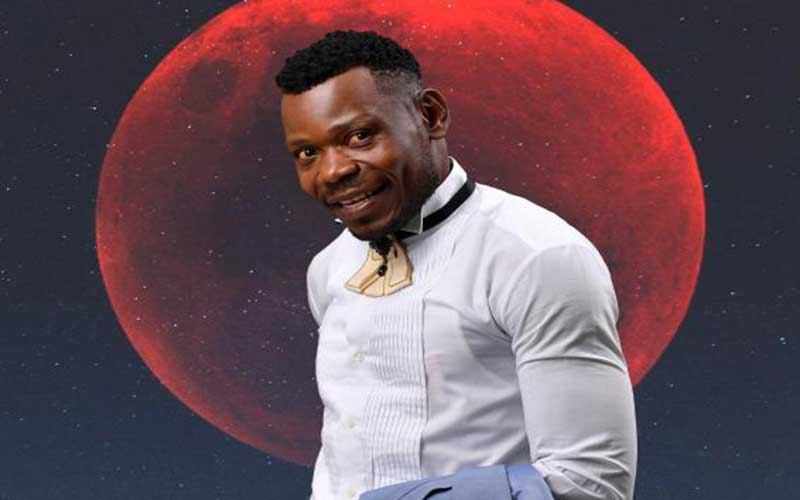×
The Standard e-Paper
Join Thousands of Readers

Producer Collins Mutindi. [Courtesy, Standard]
When the Jerusalema dance challenge wave swept across the globe, millions seamlessly jumped into the caravan. But, then there are those that could not hear the catchy lyrics that appear to have taken the world by storm.